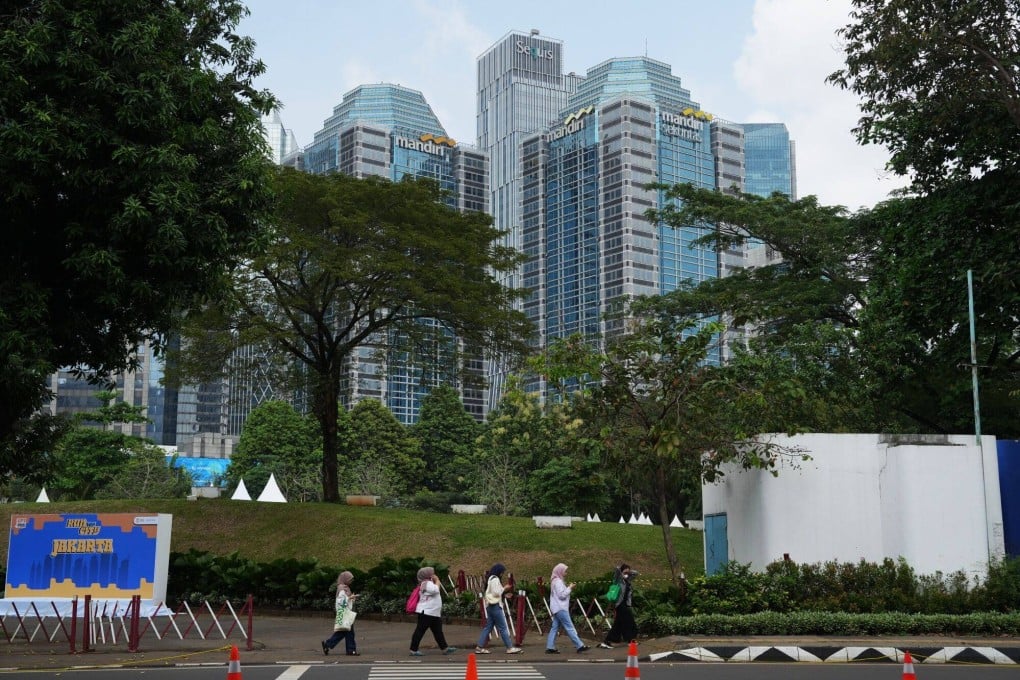Indonesia’s middle-class struggle could hurt economy, ‘likely’ to trigger unrest: experts
Economists say reduced number of middle class could affect aim of reaching developed-nation status, call for policies to support segment

Indonesia’s dwindling middle-class population could hinder its ambition to reach developed-nation status as well as trigger social unrest if the government continues to overlook the group, economists warn.
The country’s statistics agency revealed on August 30 that the middle-class segment this year was numbered at 47.85 million people, down from 57.33 million people in 2019. Middle-class and aspiring middle-class groups now make up 66.35 per cent of the population, or 185.35 million people, according to the agency.
“From 2014 to 2019, the [middle class] increased from 41 per cent to 53 per cent. After the pandemic, it gradually decreased [and] there is a ‘long Covid’ for the economy,” the agency’s acting head, Amalia Adininggar, told reporters.
According to Amalia, members of the Indonesian middle class are mostly Gen X and millennials, gained high school or university degrees, live in the cities, and work in the formal sector. Both middle-class and aspiring middle-class demographics propped up the Indonesian economy, she said, as they contributed 81.49 per cent of domestic consumption, the pillar of Indonesia’s US$1.3 trillion economy.
In Indonesia, the middle class is classified as those with a monthly income of between 2.04 million (US$132) and 9.90 million rupiah (US$640), while aspiring middle class encompasses those with an income of between 874,000 rupiah and 2.04 million rupiah.
President Joko Widodo said on August 30 that the phenomenon “is a global trend” and that it “happens to every country”.